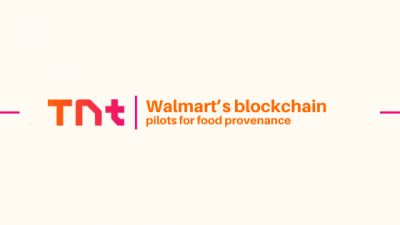As the internet and smartphones become increasingly important to our everyday lives, payment apps have become more popular as well. Exchanging money digitally with friends, family, or for business has become more common for many people, maybe even more than writing checks or giving cash.
But does that mean that your money should live in your payment app? Or should you instead still choose to keep your funds in a traditional checking account? There are advantages and disadvantages to both, so let’s dive in and see what’s best for your finances.
Pros of keeping your money in a payment app
There are some key advantages to keeping money in a payment app, such as:
- Quick payment transfers: Most payment apps let you transfer money and receive funds in seconds.
- No low balance fees: Some banks may charge you a fee if you fail to maintain a specific balance in your checking account, but payment apps typically won’t.
- Easy-to-use: Payment apps usually have easy user interface features, so smartphone users can navigate them comfortably.
Cons of keeping your money in a payment app
Payment apps aren’t perfect. Here are some of the downsides to keeping your money in a payment app:
- Not insured by the FDIC: Traditional bank funds are usually insured by the FDIC up to $250,000, but payment app funds are not. If there is a security breach and you lose money, you might not get it back the way you would with a bank.
- Limited features: If you would like to invest your funds or move them to a savings account to grow your finances, payment apps have limited options compared to traditional banks.
- Not accepted all the time: Payment with a payment app isn’t as common as payment with a traditional debit card yet, so many vendors may not accept payment through your payment app.
- Instant transfer fees: Payment apps will likely charge a fee to transfer your money instantly to a bank account. That said, they typically won’t charge you if you let them take a few days to transfer your funds.
Pros to keeping your money in a checking account:
Now let’s take a look at the pros of keeping your funds in a traditional checking account:
- Backed by the FDIC: Your funds in a traditional checking account are insured by the FDIC, which means you can feel a bit safer about leaving your money there.
- Range of services: By opening a checking account with a traditional bank, you can typically link your account to a selection of other banking services. These might include loans, savings accounts, paper checks, and bill pay services.
- More accessible: Your debit card that’s connected to your checking account is more likely to be accepted everywhere, and you can usually take cash out of your account using your bank’s ATM at no cost.
Cons to keeping your money in a checking account:
There may be a few reasons why some people primarily keep their funds in payment apps:
- Fees: Many traditional checking accounts come with conditional fees. These can include monthly maintenance fees, ATM fees, non-sufficient funds fees, overdraft fees, and more. Payment apps may not have these same fees.
- Fewer online transfer features: It can be more difficult with a checking account to transfer money quickly or with fewer fees than using a payment app.
Balancing your needs
You want to manage your money your way. If your needs align with the ease of sending money with a couple of taps on your smartphone, then you might want to keep more of your funds in your payment app balance. If you value the wide range of services that traditional banks link to their customers’ checking accounts, then you might opt instead to keep more of your funds in a checking account.
You also might fall somewhere in the middle. Many people keep some funds in their checking accounts and some in their payment apps. Though there are sometimes fees or wait times when transferring your money from one to the other, this could be a nice balance for your financial situation if you value the benefits of each choice.
Disclaimer: Article content is intended for information only. It may not reflect the publisher nor employees’ views. Consult a financial professional before making financial decisions. Publishers or platforms may be compensated for access to third party websites.
Contact Information:
Name: Sonakshi Murze
Email: [email protected]
Job Title: Manager
Information contained on this page is provided by an independent third-party content provider. Binary News Network and this Site make no warranties or representations in connection therewith. If you are affiliated with this page and would like it removed please contact [email protected]



Comments